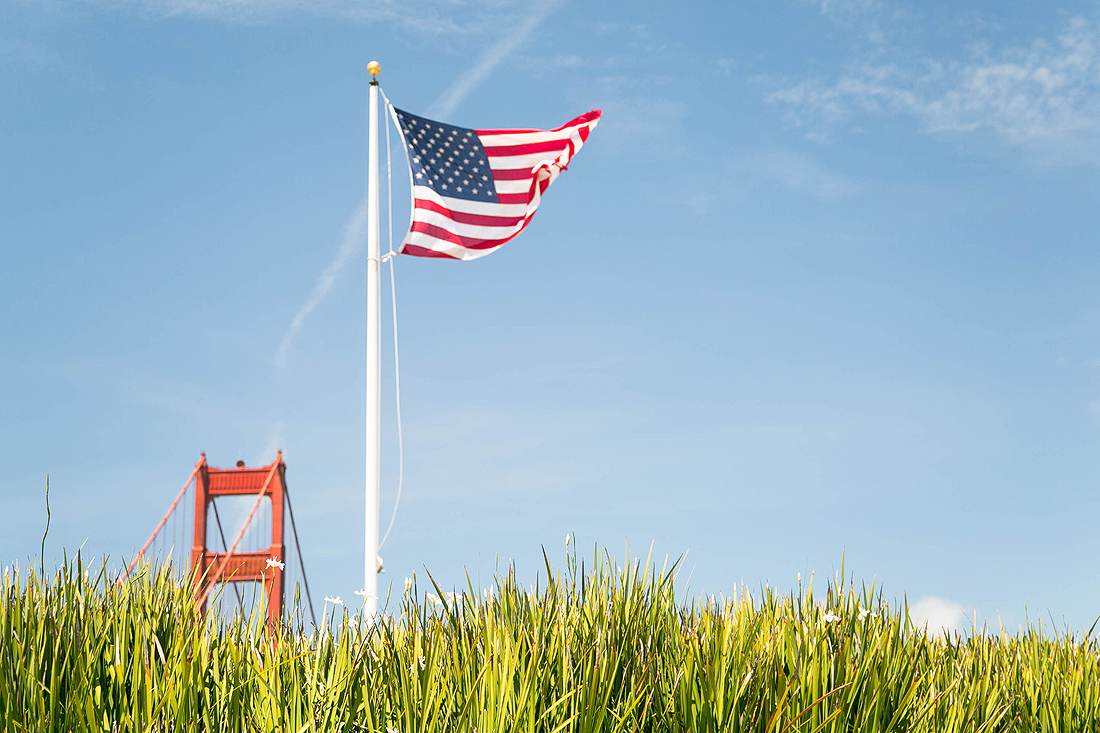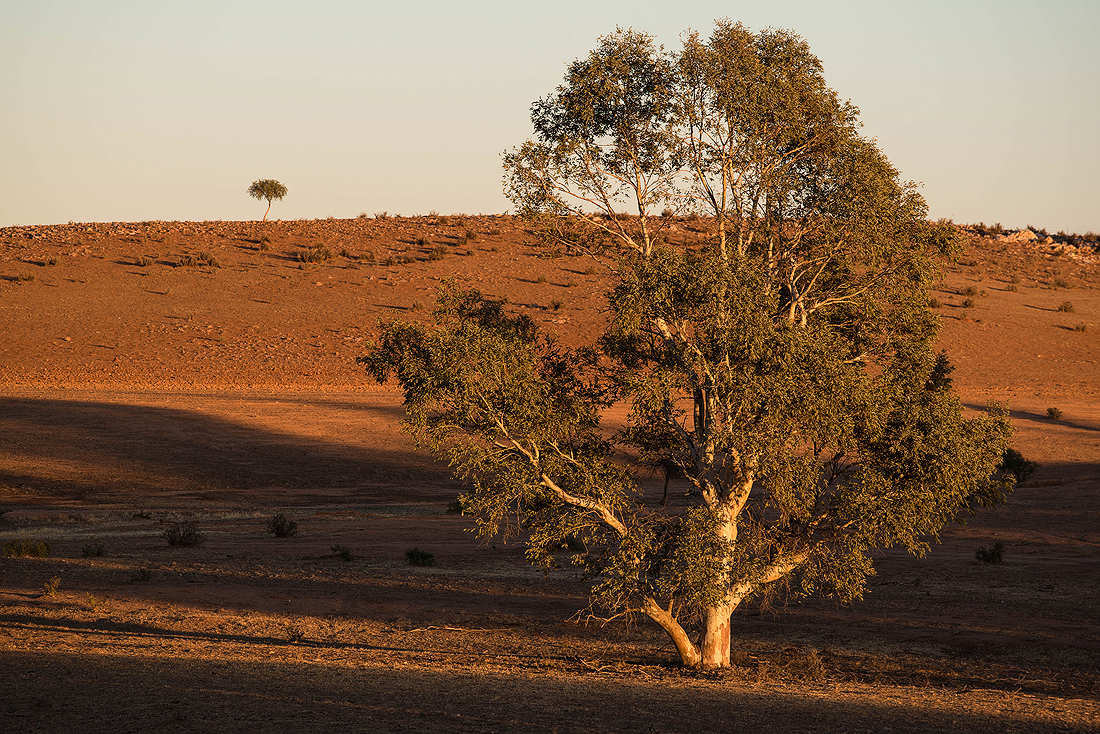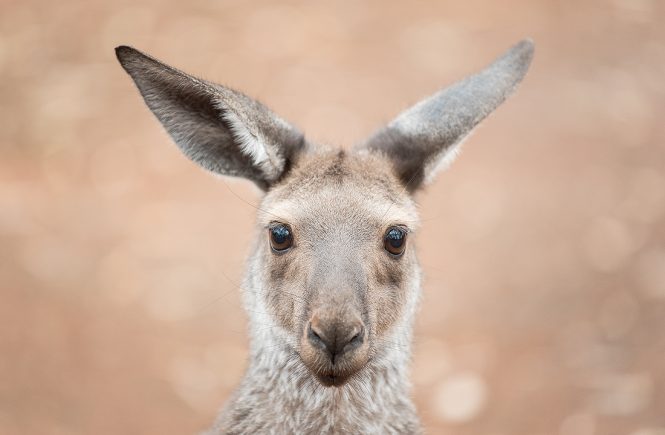To know ahead of time what you’re looking for means you’re then only photographing your own preconceptions, which is very limiting, and often false.
At some point, we want our photography to mean something. We want to graduate from taking images to making them.
No longer are we content with photographing a scene for posterity or jostling for position with other photographers at golden hour.
This discontent manifests as a lack of meaning. We know what we’re doing with our camera without necessarily knowing why.
In searching for meaning, we seek to produce self-expressive work that resonates with ourselves and with our audience.
Google defines self-expression as “the expression of one’s feelings, thoughts, or ideas, especially in writing, art, music, or dance.”
But the path to self-expression can be a rocky one.
Most photographers have a desire to express themselves but are uncomfortable with the journey to get there.
Some grow tired of fumbling around in the dark, looking for that tiny morsel of individuality or flash of inspiration.
Soon enough, they look for an easier path.
The obsession with aesthetics
There is nothing inherently wrong with the contemplation or appreciation of aesthetically pleasing scenes.
One can, for example, appreciate and photograph the sunset and convey that beauty to others.
But photographs with high aesthetic appeal often lack a message.
Sunsets are undoubtedly beautiful. But what else do you want to say about them?
What about the sunset moved you to make the photograph in the first place?
Without clarity on your motivations, it will be hard to find locations that resonate with something deep within you.
Photographs with high visual appeal and no message to back them up are a dime a dozen. They’re usually of things, rather than about things.
Aesthetic photographs are the Toyota Corollas of the automotive industry.
Mass-produced. Reliable. Economical. Even successful, on some level.
But not particularly exciting.
Landmark photography
There are so many photographs of Antelope Canyon that one almost becomes bored of its gloriously sculpted sandstone walls.
Photographs of Antelope Canyon or Mount Fitz Roy in Patagonia or Mesa Arch in Utah do not facilitate self-expression and thus, an ability to offer something that hasn’t been offered before.
These photographs follow a formulaic process with an identical, known outcome.
Following a recipe is the path of least of resistance, so it’s no surprise that most photographers take this path.
But our photography should never feel like it has come off a production line.
Creativity requires that we break free of largely self-imposed shackles and be proud of what we produce.
How exactly do we do this? How do we deviate from the norm and have the confidence to stand behind our work?

Divergent thinking
Originally coined by the American psychologist J. P. Guilford in 1959, divergent thinking is the creative process of imagining several solutions to a single problem.
Problems in photography that can be addressed by divergent thinking include:
- Bringing fresh eyes to the same old locations.
- Working a scene and coming away with more than the obvious shots.
- Making images that elicit an emotional response.
- Composition – distilling complexity into simplicity.
Divergent thinking considers a range of possibilities, instead of defaulting to the single, most obvious possibility.
Importantly, a high IQ is not a requirement for divergent thinking. More useful traits include curiosity, risk-taking, persistence and nonconformity.
Torrance and Myers (1970) later hinted at divergent thinking involving a process that is:
one of becoming sensitive to or aware of problems… bringing together available information… searching for solutions… and communicating the results.
With that said, in photography it might look something like this:
- Preparation – trying and learning new things to feed the brain information.
- Incubation – using mindfulness photography to quieten the mind so the subconscious has a chance to be heard.
- Illumination – the moment when creative photography bubbles to the surface.
- Verification – assessing each creative idea in terms of photographic viability.
1. Preparation
The literal translation of creativity involves creating something from scratch, but this not to say we can pull creative thoughts out of thin air.
Preparation is also known as collecting the dots. Think of dots as the raw materials of your creative expression. Dots may be drawn from experiences, hobbies or interests.
Creativity may also be drawn from seemingly unrelated information.
Steve Jobs credited the design of Apple products to his childhood home, a post-war style eschewing clean elegance, smart construction and affordability.
J. R. R. Tolkien’s trilogy The Lord of the Rings contains Catholic imagery and symbolism, a product of his religious upbringing:
The Lord of the Rings is of course a fundamentally religious and Catholic work; unconsciously so at first, but consciously in the revision… For as a matter of fact, I have consciously planned very little; and should chiefly be grateful for having been brought up (since I was eight) in a Faith that has nourished me and taught me all the little that I know; and that I owe to my mother…
Preparation is mostly subconscious.
Jobs and Tolkien could never predict how their respective dots might prepare them to solve future problems.
Photographers can also draw inspiration from dots which seem, at first glance, to be unrelated to their craft.
Preparation may also be more deliberate.
More of a conscious decision, if you will.
We can, for example, study the work of the photographers we admire.
In seeking clarity on our creative process, we can take notes on theirs and what makes their work so attractive to us.
With any luck, our subconscious mind will store these notes away and bring them out when we have the camera in hand.
In the preparation stage, creativity is the problem that we attempt to solve based on the tools at our disposal.
Sometimes our tools will be inadequate. We will encounter roadblocks more often than not. We will struggle to find compositions, develop a coherent body of work or recognise locations with potential.
Unfortunately, none of us is born with creative expression. We don’t know what we don’t know and as such, the path to knowing may take months or even years.
The preparation stage is hard and requires that we persist and become very comfortable with uncertainty.

2. Incubation
It’s only after we stop searching that an answer may arrive.
The incubation period happens while we are busy living our lives.
Some of the thoughts, beliefs or behaviours which impeded our creative ability in the preparation stage may be removed, replaced or upgraded subconsciously.
Indeed, the subconscious mind is always humming away in the background. It never gives up on finding a solution, even if your conscious mind has.
For these creative solutions to come to the surface, the mind must be relaxed.
This is why creative ideas come to us while engaged in minimally taxing mental activities, such as taking a shower or walking the dog.
Some neuroscience on creativity
In studying the brain activity of freestyle rappers, researchers found that during moments of creativity, parts of the brain controlling executive functions such as planning, decision making and organisation were largely inactive. Other parts associated with creativity were much more active.
Freestyling increased brain activity in systems controlling language production, emotion and motor function. This suggests that the improvisational nature of freestyle rap creates a neural network linking action, mood, language and motivation (Liu et al. 2012).
Since these traits are important to photographers, perhaps we can benefit from this study by resisting the urge to plan or organise and simply allow ourselves to go with the flow.
In a separate study, Flaherty (2005) argues that dopamine is the key ingredient in novelty seeking and creative drive.
Creative drive is simply the urge to create. So we must have the enthusiasm and passion to create before we can create something worthwhile. This seems obvious on paper, but it bears repeating.
Dopamine is also a major driver of pleasure.
So why not prioritise photography that makes us feel good over what makes others feel good?
We must honour our interests and make a conscious effort to do the things we love.
Without the pleasurable release of dopamine and mindful attention, creative ideas will not surface.
Of course, it is too easy to bring our problems with us when we head into the landscape with our cameras.
Impending deadlines, dinner with the in-laws next week, that dentist appointment we’ve been putting off for ages.
Mindfulness helps us quiet the mind and remove these distracting thoughts, making space for creative thoughts to be heard and enjoyment to be had.

3. Illumination
Perhaps the journey towards epiphany is an unseen, steady process towards understanding. Likened to a combination safe, as you scroll the dial towards the inevitable correct combination you cannot tangibly see your progress.
Dubbed the so-called “Eureka!” moment, illumination is the metaphorical alignment of the planets.
Illumination is responsible for some of the biggest discoveries in history.
Isaac Newton formulated the laws of gravity after being hit on the head by an apple.
Greek scientist Archimedes, the guy who coined the term Eureka moment, gained clarity on the relationship between mass, volume and density while taking a bath.
Geneticist Alec Jeffreys accidentally discovered DNA fingerprinting while researching hereditary disease in families.
During the moment of illumination, many seemingly unrelated bits of information arrange themselves in such a way that new solutions are formulated.
The fog lifts and the bigger picture comes into view.
It is this point at which photographers have an overwhelming desire to click the shutter, before the moment of clarity disappears forever.
Often, though, these moments will occur when we aren’t even thinking about photography.
Take notes if you are unlucky enough to be struck with a creative moment whilst in the bath or on the way to work.
4. Verification
In the verification stage, potential creative solutions are tested for viability.
Viability in a photographic sense may not be instantaneous.
Sometimes our creative ideas might require conditions that take years to materialise.
For example, we may have a desire to photograph a tree cutting a solitary figure on top of a hill.
But for whatever reason, the photo doesn’t work right at that very moment.
Perhaps the tree needs fog or snow to isolate it from a busy background.
Or maybe it would have a more striking silhouette in the winter without its leaves.

If the conditions are not 100% suitable on location, we may test alternative ideas by cycling through the illumination and verification stages.
If the tree cannot possibly be photographed in the way that we envisioned, we may need to abandon the idea and go back to incubation.
Verification is also about testing the strength of our message.
We may have a creative composition in mind, but how well does this composition communicate emotion?
How well does the composition distil complexity into simplicity?
Does it tell the story that you want to tell?
Communicating our message does require some degree of camera aptitude.
Ultimately, we want a piece of ourselves to be proudly emblazoned on each photograph that we take.
We want others to recognise our work as unmistakably us, understanding our message and story in the process.
Conclusion
In the same way that an obsession with chocolate is a barrier to weight loss, the obsession with aesthetically pleasing photography is one of the most significant barriers to creative photography.
Creativity is a much harder path to walk than aesthetic reproduction. We might not know where we are going or how long we’ll take to get there.
Divergent thinking encourages us to look outwards and consider that the most obvious answer is not always best.
We can get our creative machine rolling by simply living our lives and laying the groundwork for our future self-expression. We should put ourselves in situations where we can gather creative dots, and be persistent in collecting them.
Indeed, incubation is the mindful enjoyment of activities that make us happy. Despite how simple this seems on paper, it can be terrifyingly easy to imitate others or make photographs of things we aren’t interested in.
Provided we have laid the groundwork, we will eventually receive a bolt from the blue. The very essence of our being will be condensed into a single moment of inspiration that tells us to take a photograph.
Of course, photography is not a straightforward process at the best of times. We should always test and validate our creative insights in the field and whether or not they align with our authentic selves.
References
Flaherty, A. W. 2005, Frontotemporal and dopaminergic control of idea generation and creative drive, The Journal of comparative neurology, vol. 493, pp. 147–153. https://doi.org/10.1002/cne.20768
Guilford, J. P. 1959, Traits of Creativity. In H. H. Anderson (ed), Creativity and its cultivation, pp. 142-161. New York: Harper.
Liu, S., Chow, H., Xu, Y. et al. 2012, Neural Correlates of Lyrical Improvisation: An fMRI Study of Freestyle Rap. Sci Rep 2, 834. https://doi.org/10.1038/srep00834
Torrance, E. P. & Myers, R. E. 1970, Creative Learning and Teaching, 350 pp. New York: Dodd, Mead Co. (1971), Gifted Child Quarterly, vol. 15, no. 2, pp. 81. https://doi.org/10.1177/001698627101500202





2 comments